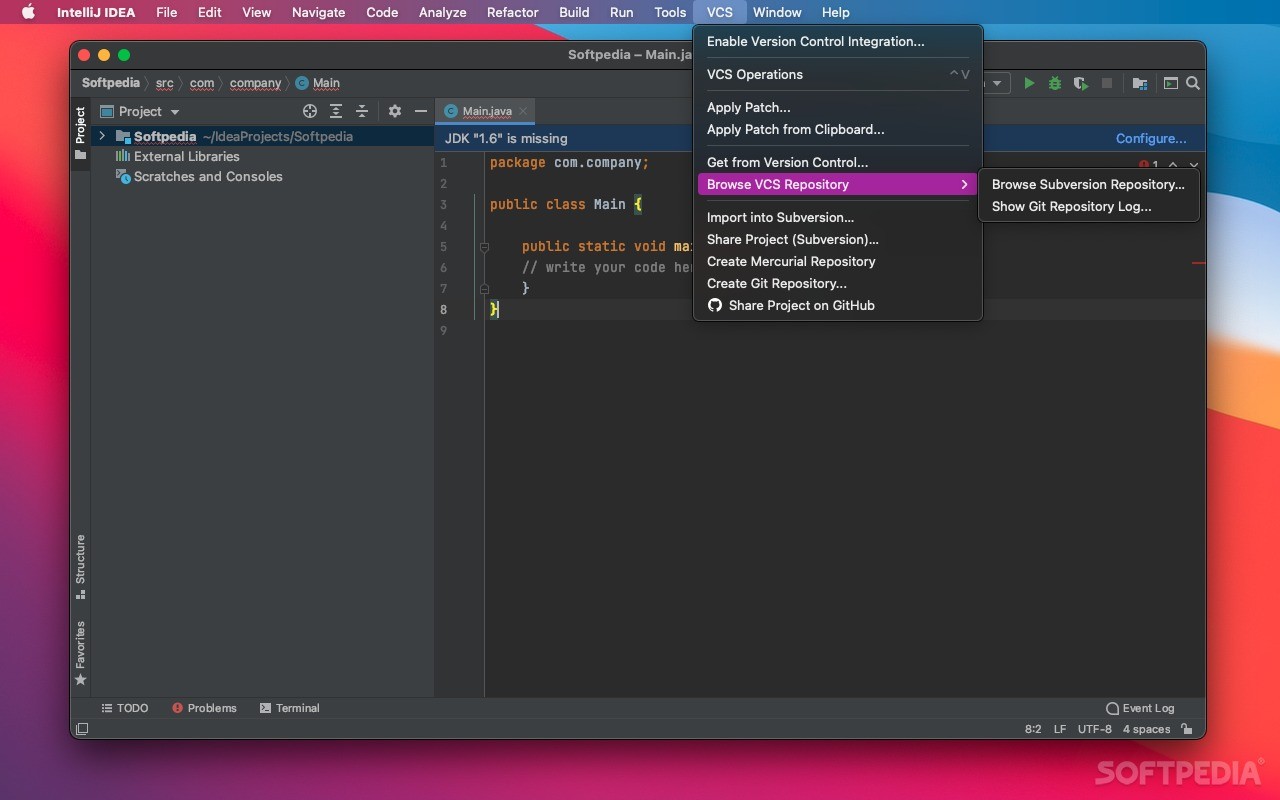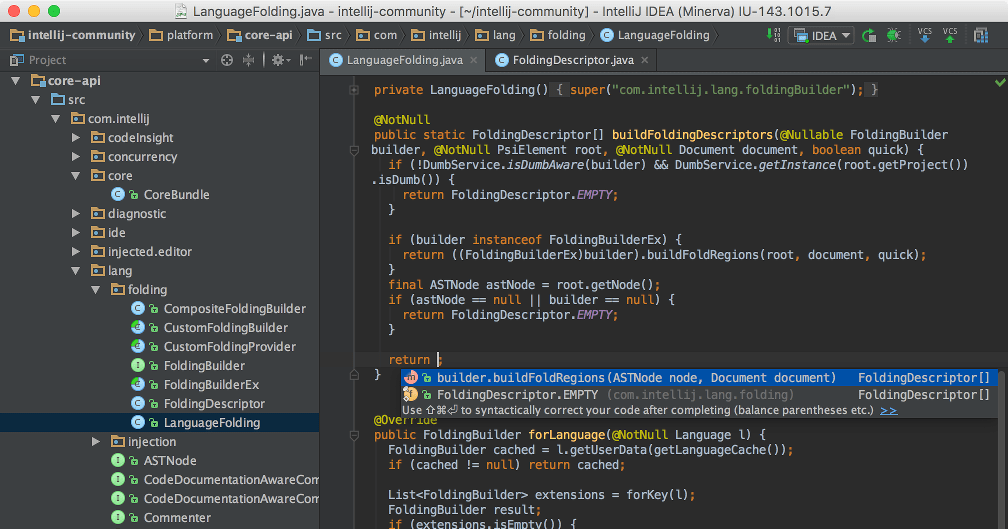


We’ve improved Markdown formatting, synced the preview and editor, and added support for Mermaid.js. Inside the template, you can enter a pattern to generate a file name and a path.

It is now possible to add a template that creates several files. You can set IntelliJ IDEA as the default application for opening certain file types. Additionally, you can keep all the pinned tabs in a separate row. You can drag and drop files to add them to the pinned tabs. It’s easier to organize your pinned tabs. We’ve also added the Open in Right Split action, which divides the editor vertically when you open another file. You can organize tabs more easily by dragging and dropping them to divide the editor horizontally or vertically. When you want to rename occurrences, you can now choose whether to do so in comments and string literals or in printable text. In this post we will give you quick update of all the major features and improvements you need to know about in v2020.3: Editor You can take a look at the new features in detail in our EAP blogs or check out the What’s New for a full overview of all the changes. The overall UX has been improved with better code completion based on machine-learning technology, a more intuitive and useful new Welcome screen, and better spelling and grammar checks. It simplifies your daily work with endpoints, frameworks, and the profiler. IntelliJ IDEA 2020.3 offers a multitude of useful features, like interactive hints while debugging, Git staging support, extended support for Java 15 records and sealed classes, and more. Download it from our website, install it using the Toolbox App, upgrade from inside the IDE, or, if you are an Ubuntu user, upgrade using snaps.

Today is the day! It is time to announce the release of our final major release of this year – IntelliJ IDEA 2020.3.


 0 kommentar(er)
0 kommentar(er)
